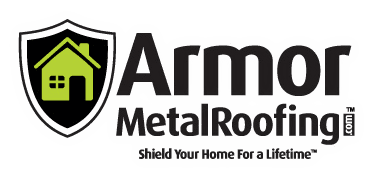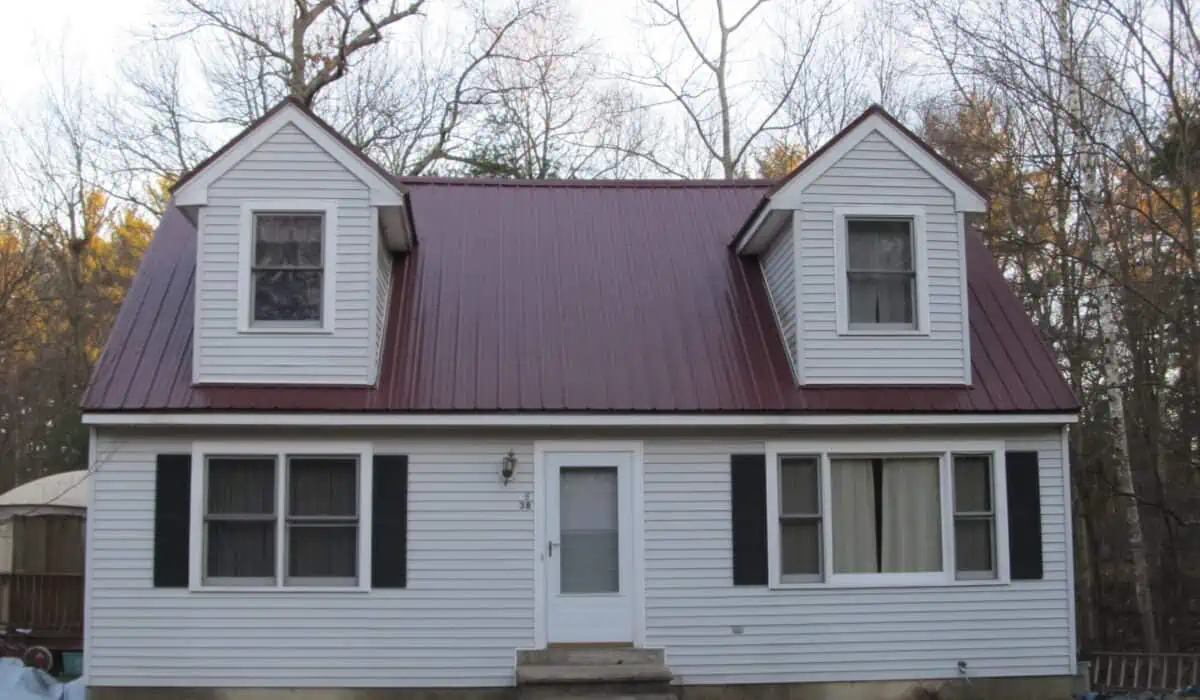Perhaps you’ve considered a metal roof for its distinctive look or for the ease of ice and snow removal that it provides. You should also know that a metal energy efficient roof could serve as a great way to reduce your home’s carbon footprint.
According to the Cool Metal Roofing Coalition, metal structures are easy to integrate with insulating roof systems, are easy to vent and are highly reflective. By allowing minimal contact between the roof and the underlying structure, many products stop heat transfer through conduction into the home. Because metal has a low thermal mass, heat is not absorbed into the roofing material and then transmitted into the home during evening hours. In fact, the Florida Solar Energy Center states that metal roofing absorbs about 34 percent less heat than asphalt shingles.
Mill-Finished Metal Roofs
Mill-finished roofs have high solar reflectivity, which significantly reduces solar heat gain in both homes and commercial buildings. These roofs can even be painted with reflective pigments to increase the solar reflectivity and high infrared emittance of the structure. With metal as your roof covering, you will experience lower heating and cooling usage. In fact, the EPA estimates that metal roofing can save homeowners as much as 40 percent on heating and cooling costs.
Pre-Painted and Granular Coated Metal Roofing
Pre-painted and granular coated metal roofing systems are even more energy efficient that plain metal roofing. These roofs not only reflect solar energy but also re-emit most of the solar energy that the home absorbs. In buildings located in warm climates, these roofs can re-emit up to 90 percent of the solar radiation that they absorb. This contributes to a significant reduction in the building’s cooling loads.
A metal roofing solution could also reduce your building’s electricity bills. With the implementation of smart meters, utility companies are charging more for energy use during peak hours because the demand for energy at busy times of the day puts more strain on the electrical grid. By cutting your usage at the most expensive time of day, you will save a significant amount on your electricity bills in addition to saving on other heating and cooling costs.
Asphalt Roof
Asphalt roofs also tend to create urban “heat islands.” The dark, non-reflective asphalt roofs in a neighborhood absorb heat during the day, which they then release at night. In some instances, this creates “heat islands” that are about 12 degrees warmer than surrounding areas. Warmer air facilitates the development of smog and encourages poor air quality. Because metal roofs reflect solar radiation, your home won’t contribute to the heat island effect.
Metal Roof and Solar Panels
Metal roofing can make solar panel installation much easier. Because attaching a solar panel to metal roofing requires no materials that penetrate the roof or add ballast, the cost of installing solar systems on a metal roof is significantly less. Also, because of the long life of metal roofing, solar installations can take place on metal roofs that are eight to 10 years old. To go through with your solar installation, you won’t necessarily have to purchase a new roof if your roof is made of metal. Also, you won’t have to detach and then re-attach your solar panels to install a new roof because your metal roof will most likely outlast your solar panels.
Most metal roofs last about 40 years with minimal maintenance, and as much as 100 percent of the materials are recyclable at the end of the roof’s useful life. Most of the materials that builders use to install metal roofing contain a large amount of recycled products. In the amount of time that that most homeowners take to put two asphalt roofs in the landfill, you will have maintained a metal solution that you can then recycle for another use. This makes metal a critical material in the sustainability movement.
Metal as an energy efficient roofing solution was eligible for federal tax credits through the 2011 tax year. Unfortunately, those credits have not yet been extended to include the 2012 tax year. However, keep in mind that over time the energy savings from your metal roof will deliver a significant return on your roofing investment even without the tax credit.
The many colors and styles of metal roofing mean that you will have the flexibility to give your home the look that you want. When you consider the energy efficiency of using metal, you can ensure that some of your investment will come back to you in terms of reduced energy costs. You can also ensure that your roof can be repurposed into something equally useful at the end of its life. With so many environmental benefits, a metal energy efficient roof delivers a great solution for both residential and commercial structures.

